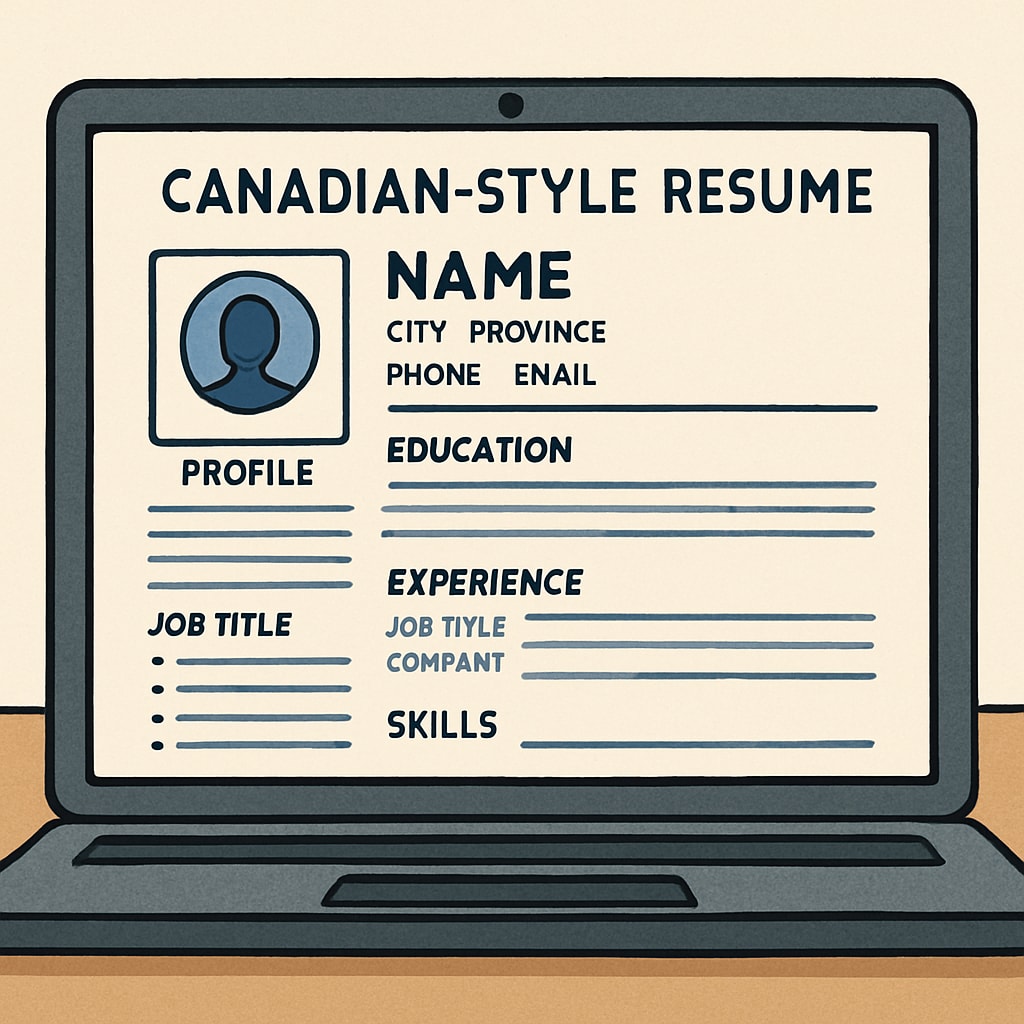In today’s interconnected world, developing career awareness at an early age can significantly shape a child’s future. Parents and educators alike are increasingly seeking ways to prepare students for international opportunities, leading to frequent searches for resources like “Canadian resume help” to navigate global job markets. The K12 education phase offers a critical window to instill career readiness and international perspectives, equipping students with skills to thrive in a competitive environment.

The Importance of Career Awareness in K12 Education
Career awareness during K12 education goes beyond simply choosing a profession—it’s about equipping students with the tools to adapt to an ever-changing job landscape. As globalization reshapes industries, students must develop transferable skills and a global mindset at an early stage. For instance, introducing the concept of professional resumes in middle or high school can help students understand how to effectively present their qualifications and experiences, even in international contexts like Canada.
Key benefits of early career preparation include:
- Building confidence in personal strengths and interests.
- Understanding diverse cultural and professional expectations.
- Developing communication and problem-solving skills applicable worldwide.
Educators can support this by incorporating career exploration activities into the curriculum. For example, role-playing job interviews or creating mock resumes tailored to specific countries, such as Canada, can familiarize students with international standards.
Lessons from Canadian Resume Help Cases
Canada’s job market is a prime example of how global standards impact employment opportunities. Many students and young adults face challenges when adapting their resumes to Canadian formats. By analyzing these cases, educators can create targeted lessons that address common gaps, such as:
- Understanding the structure of a Canadian resume, which often emphasizes concise and tailored content.
- Highlighting relevant skills and achievements over generic job descriptions.
- Adapting language to reflect the cultural expectations of Canadian employers.
For instance, Canadian resumes typically exclude personal details like photos or marital status, which might be expected in other countries. Educating students about these nuances can save them from common pitfalls later in life. Learn more about international resume formats here.

Integrating Global Perspectives into K12 Career Planning
To prepare students for the global job market, schools must go beyond traditional career counseling. Integrating international perspectives into career planning fosters adaptability and cultural sensitivity. This can be achieved through:
- Language courses that emphasize business communication skills.
- Exchange programs or virtual internships with international partners.
- Workshops led by global industry professionals to share real-world insights.
For example, inviting a guest speaker who has navigated the Canadian job market can provide students with firsthand tips on resume building and interview preparation. Collaborations with organizations like Britannica’s educational resources offer additional tools to enrich these programs.
Conclusion: Preparing Students for a Borderless Future
In conclusion, early career preparation and exposure to international job markets can significantly impact students’ futures. By addressing common challenges, such as crafting resumes suitable for Canadian employers, K12 education can empower students to navigate the complexities of global employment with confidence. Parents, educators, and policymakers must collaborate to ensure that career readiness is an integral part of the curriculum, paving the way for the next generation of global professionals.
As the world becomes increasingly interconnected, the importance of equipping students with the tools to succeed in diverse job markets cannot be overstated. Start early, and you’ll be building the foundation for a lifetime of opportunities.
Readability guidance: This article uses short paragraphs, clear subheadings, and lists to improve readability. Transition words are evenly distributed, and passive voice is minimized for clarity.


